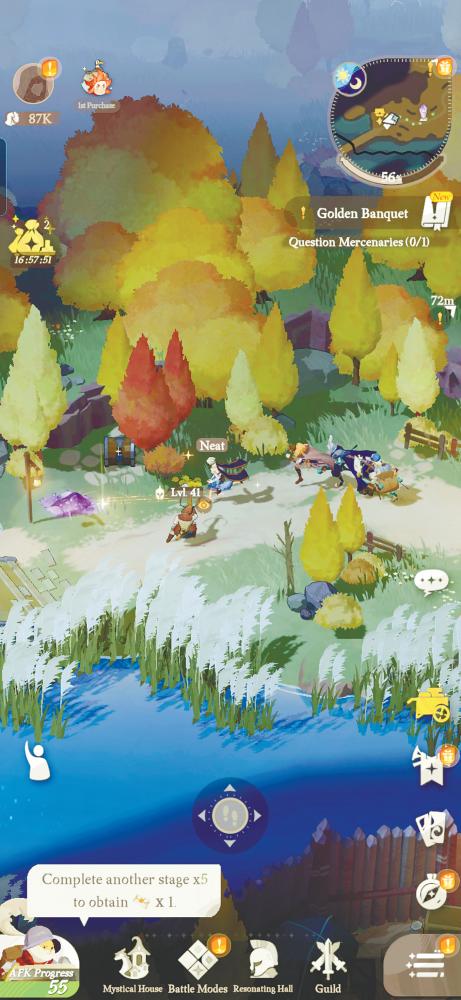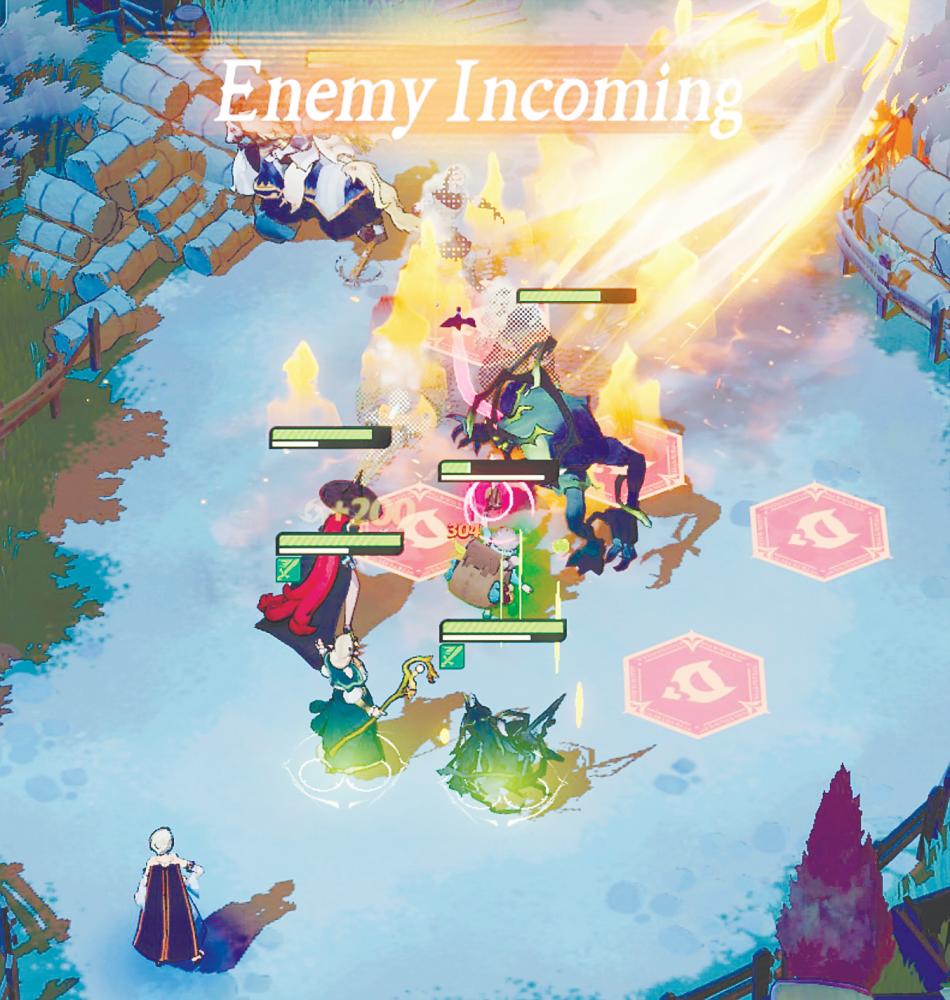IN terms of visuals, Farlight Studios’ recently released AFK Journey is a marked departure from other games in the mobile gaming format. Genuinely gorgeous, the game does not skimp on its visuals of lush environments and physical depictions of high fantasy.
The various heroes that come from six “races” look just as well designed and unique, with traits belonging to their specific race. Animations for them are smooth with a clean art style.
If anything detracts from the game’s visuals, it is how AFK Journey forces a portrait perspective for players using mobile devices and the visual mode cuts off a big chunk from the left and right side.
For those playing on PC, the game client downloaded directly from the official website provides an option to play the game either in portrait or landscape mode. This option does not exist for mobile users at the moment.
Varied, colour gameplay
Like its namesake, the “AFK” in AFK Journey means exactly “away from keyboard”, as the game is designed around passive gameplay.
Once the opening scenes and introductory tutorials are over, players can just sit back and let the artificial intelligence (AI) play the game for them, occasionally interacting by pulling new characters and items from the gacha system, navigating the numerous dialogue boxes and picking characters for battle.
This mechanic is a mixed bag. On one hand, it sucks all the interactive fun out of AFK Journey’s gameplay that is present in other role-playing games. But on the other hand, it is perfect for casual (mobile) gaming.

On the overworld, the AFK mechanic comes into play as well, as players can set their character to automatically navigate from one story mission to the next. In battle, the AI does all the heavy lifting.
Separately, the game has something called “AFK Rewards”, which as the name implies, provides rewards from gold to other resources depending on how long players stay away from the game and the rewards can be progressively increased by battling in its separate corner of the corner.
A story that skips itself
Journey’s story is a symptom of its gameplay. As the gameplay revolves around being passive, not really paying attention to what is going on on-screen and being absent, whoever wrote the story most likely did the same by sleepwalking through the entire creative process.
About five hours in, the story is confusing and seems cobbled together from different rewrites. The characters are unmemorable and speak in juvenile platitudes, with conversations being verbal diarrhoea that runs for several dialogue boxes and scenes.
Carried solely by its diverse gameplay, AFK Journey may seem exciting for new players who install the game after being bombarded by ads on social media and YouTube. But the lack of a coherent, focused story means most will turn away once their experience boils down to spamming the fast-forward option during story scenes.









